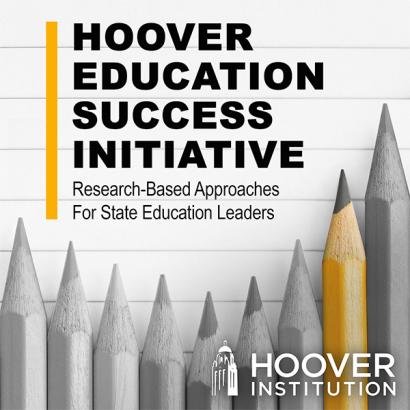Hoover Institution fellow Patrick McLaughlin testifies before The Assembly Committee on Government Operations, Accountability, and Transparency.
"My research is on the regulatory process and its economic effects, and it is mostly based on this research that I have four main points to make today:
- As regulations accumulate, they increasingly distort and deter investments into the activities that are primary drivers of long-run economic growth: research and development, new machinery, new locations and buildings, and new business formation.
- Emerging technologies—also vital drivers of productivity growth—are sometimes limited by regulations, by accident or by design. To remove the regulatory barriers to new technology, we should actively identify, and then modify or eliminate, those regulations that inhibit the adoption of emerging technologies, especially when those technologies could improve productivity at no cost to safety or other goals of regulation.
- Regulations cause major infrastructure projects to be delayed by years, and it is unclear whether we gain anything substantial as a result of these delays.
- In some unique circumstances, such as in network industries that span multiple states, federal regulation is necessary to preempt state-level regulations that would create a patchwork of mismatched obligations that can also limit productivity growth.
The thicket of regulations built up over the decades challenges traditional approaches to optimizing them, such as benefit-cost analysis. Prioritizing flexible, innovation-friendly regulatory frameworks will enhance economic potential, improve safety, and strengthen national competitiveness. Some modest recommendations, based on my research, would be:
- Use AI to build a comprehensive database on permitting frictions and delays created by federal regulations and regulatory guidance.
- Follow Virginia’s lead and use transparency to establish a culture of competition across agencies for speedier permitting.
- Use the database to analyze the total costs and benefits of permitting delays—NEPA in particular, but all permitting should be fair game.
- Regulators across the board ought to make regulations more accommodating to innovation and advances in technology. Regulations should outline a process that allows a business to demonstrate that a different approach than the one designated by a regulation can achieve the same or better outcomes. If agencies do not know where to start, they can use AI to help identify rules that contain engineering or design standards, or that limit how far automation can go.
Watch the testimony (2:03:15 to 2:31:35)
4. School, Government and Library Use
In addition to and subject to the limitations of the license granted in Section 1, Users who are schools, higher education institutions, State of Wisconsin agencies, libraries and municipalities are authorized to record, reproduce, internally transmit, publicly display and perform our Content to their respective students, employees, or patrons for educational, training, research and other non-commercial and non-political purposes (as defined herein), provided such Users comply with all other provisions of this User Agreement, keep all copyright, trademark, and other ownership notices in the Content intact, and include the following statement in the Content (unless waived by WisconsinEye): “This copyrighted content is used with permission from WisconsinEye’s gavel to gavel coverage.” Such Users’ rights to record, reproduce, internally transmit, publicly display and perform are limited to the purposes expressly described herein, and such Users do not have the right to reprint, republish, modify, sell, resell, distribute or redistribute our Content in any form without the express written permission of WisconsinEye. No use under this Section shall in any way distort or misrepresent the Content.

















